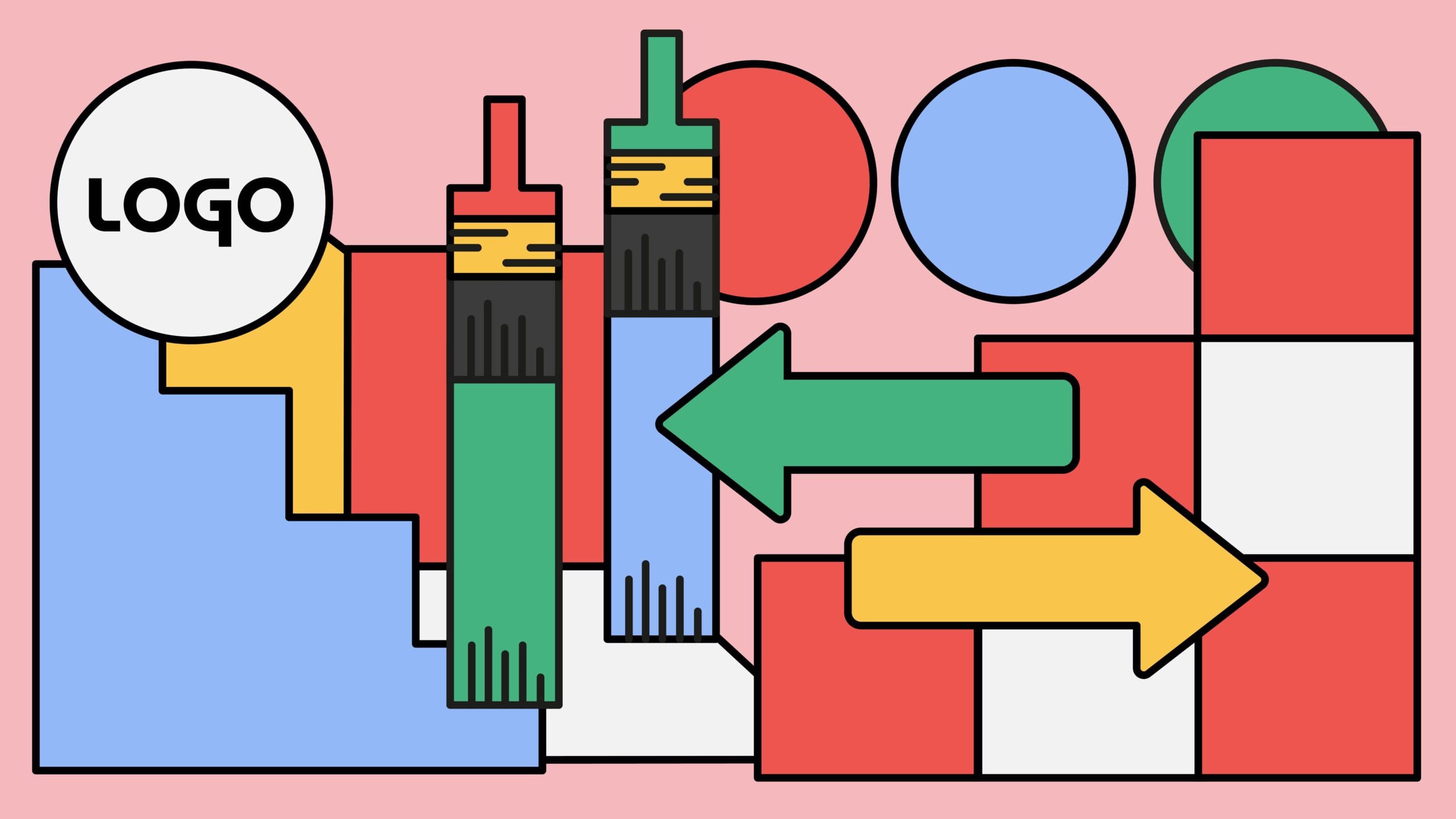In the past decade, while technical advances have seen an ever-expanding role for design and branding to play online in the digital environment, there remains a very important one in physical interior and exterior environments. One that provides our creative team with new and inspiring platforms to visualise our clients’ brands in real and tangible places.
In 2020, we completed various interior design projects, enhancing and displaying our clients’ brands.
So, how can Graphic Design enhance architectural interiors?
Architecture becomes an art form when combined with design – the two fuse together.
This incorporation needs to be clever, design can not be forced. It needs to be considered, tasteful and blend successfully to form a rational conclusion.
Interior design encompasses a long list of approaches:
Way-finding
Wayfinding can include signage, arrows, floor vinyl, maps and or highlighting a key area. Each element needs to be considered for how it works, for its purpose of direction and how it appears visually. Also, elements should result in better use of the building as a whole, allowing people to use it as desired by the client, and optimising the space available.
Acoustic panels
Acoustic Panels can be incredibly beneficial in significantly reducing noise pollution, whilst adding wall art and enhancing the appearance of the interior.
Supergraphics
Supergraphics appear to be one of the most graphic-based elements to interior design, however, they require probably the most architectural involvement, considering the graphics scale and how it is placed on the wall. It is not as simple as sticking a pretty picture on a wall. How does it connect? How does it wrap around a corner? What happens when it meets the windows?
Interior design can utilise a company’s brand and brand elements as interior design elements whilst representing the brand itself. Elements can include the logo, icons, shapes and colours. Such elements can be represented through materials, textures and the interior design itself, such as the choice of paint colours, furniture, and flooring choice alongside the graphics themselves. We at Elastic have been creative in our solutions, considering branded carpets, printed acoustic panels and unique furniture solutions.
Other creative elements can include motion graphics. The displaying of motion pieces on TV screens or projecting light or animations can add another dimension to your company’s interiors and its interest.
No matter the choice of approach, the sum of these parts need to be considered as a whole, as when amalgamated they work cohesively. The objective is to create a result which is commercially successful by increasing interest in a place and whilst being aesthetically pleasing.
The graphics need to consider the building, the culture, the context.
Building
What is it like? What will work well? What does it require?
Culture
How is this building/room used by the people in it? What is this building/room for? How can you enhance its use and its appearance to its occupants/visitors?
Context
Consider how the space is used, its location, the brand and the company in question.
To design interiors, you have to envisage what the result will be and how it will be interpreted by the people who see it. The consideration of each of these individual elements allows for the production of a design that does not detract but matches up with the buildings architectural design and use.
What do interior graphics do to solve or communicate?
‘Many places of work are featureless, climate-controlled and quarantined against surprise’ – ‘Poetics of Space’. When the design is considered ‘you are able to delve into newness and beginnings, allowing you to fall in love the world again’ – ‘Poetics of Space’. This explains how an interior can become enjoyable again, whether for employees, clients or consumers.
Furthermore, graphic design is a communication tool. The integration of content and word with architecture by visually communicating information with colour, typography and form. This enhances the use and understanding of the place and the brand itself. Design can also be interactive. Interaction can mean tactile or interchangeable, and this enhances people’s relationship with space.
What is the value of interior graphics?
Interior design influences the interaction and the identity of the place, informing our overall experience. How we use a room and feel when using it, ‘the appearance of a room can therefore guide you physiologically’ – Poetics of Space.
From logo design to visitor orientation, whether your space requires visual reinforcement of the sense of its identity, or to enhance how that space is used. Intentionally designed interior print and displays can influence one another, and be incredibly valuable, creating the ideal interior for the new normal.
Lookout for Design and Space 2.0 where we will share all our interior based projects with you.




